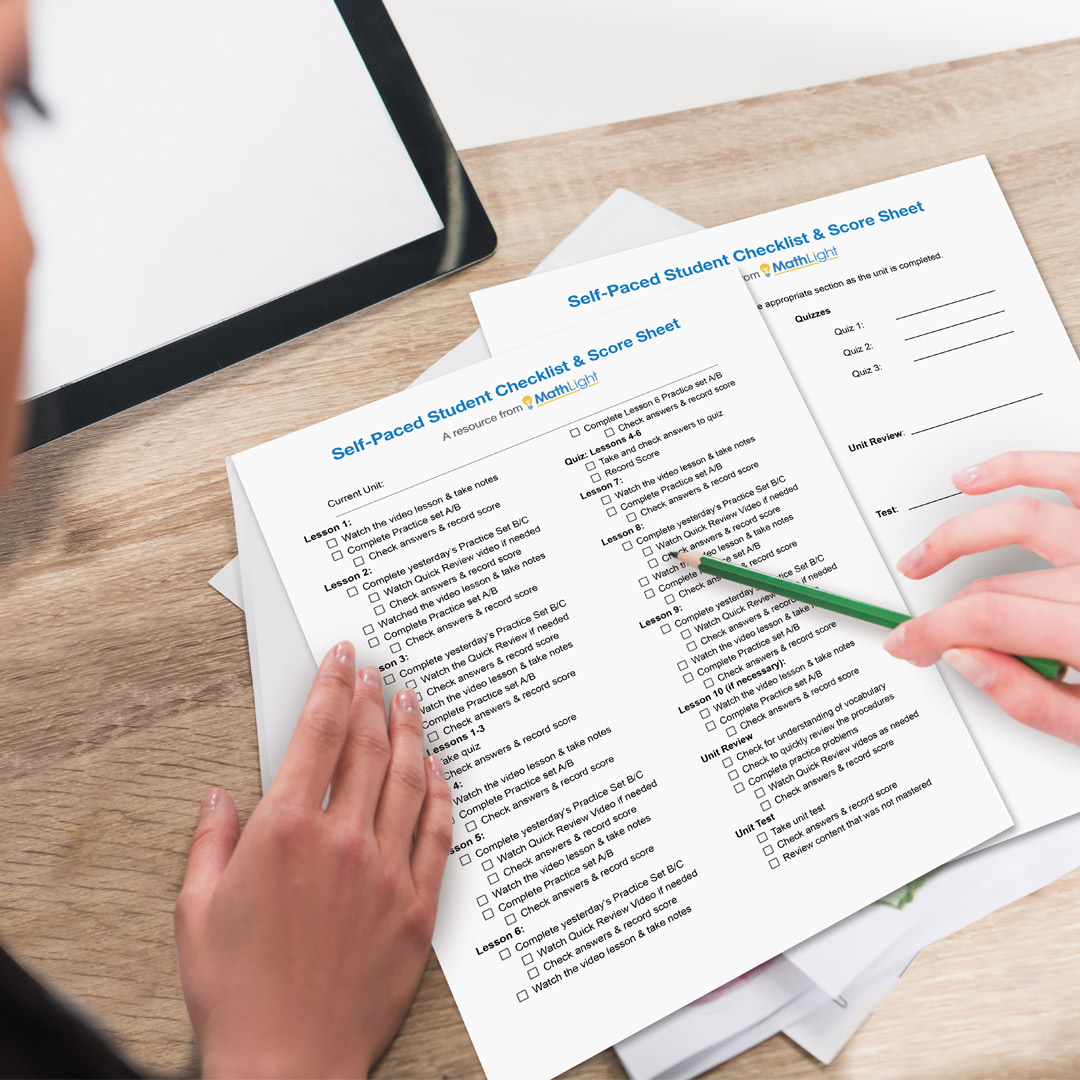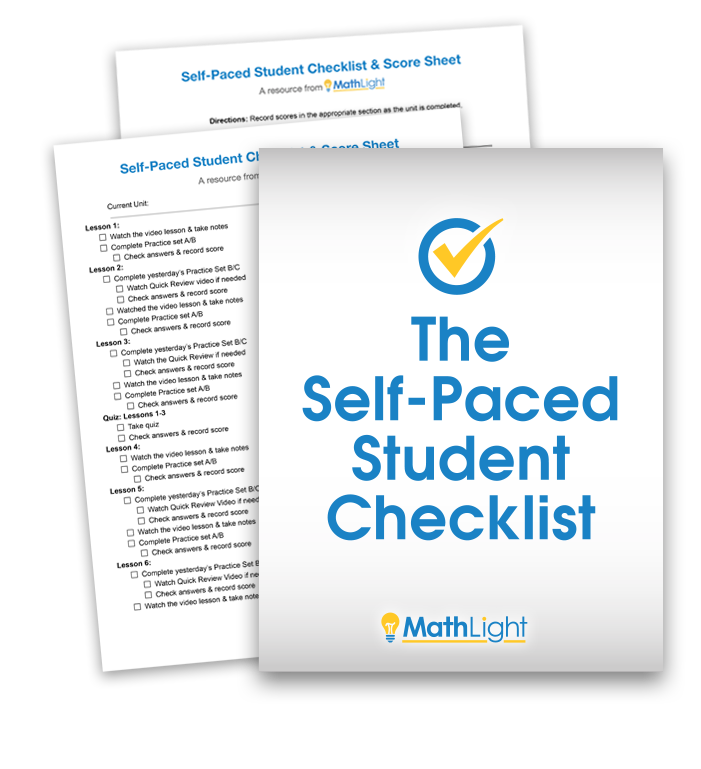The number of resources available to homeschool families is dizzying. Make the best use of your time and money by ensuring homeschool math assignments are short before you buy.
When problems are a problem
Students need to practice math skills; there's no way around it. However, many math curriculums present their content to students, then follow the lesson with a long list of practice problems for parents and students to wade through. Completing 30 problems for most upper-level math courses is not only unreasonable, it's unnecessary.
Homeschool math assignments should be less about driving the methods into students' heads and more about showing successful use of the processes presented. Practice sets can and should be short, around 8-15 problems. If the goal is to have an opportunity for students to demonstrate that they have mastered the skill, then that can be done in just a few problems.
With that in mind, be on the lookout for math curriculums that provide assignments that are already pared down ahead of time. This will ensure you don't spend hours looking through every practice set and it will save time and printing costs if you are using digital curriculum.
Add multiple levels, not more problems
Students need to see that they can be successful, but how do you do that when there are just 8-15 problems? Short assignments can run the risk of a student feeling like they're failing (when problems are too hard) or that they're just completing busy work (when problems are too easy). Either way, it can be frustrating and dramatically impact how a student feels about math.
The solution is to choose a curriculum that provides you with multiple levels of homework problems. For example, MathLight includes THREE separate practice sets for EVERY Pre-Algebra and Algebra 1 lesson (Algebra 2 practice sets will be completed by March 2023).
Having an A, B and C level for every homeschool math assignment puts our parents at an advantage because they can easily choose the best level for their child. Level A is aimed at beginners, Level B at intermediate students and Level C is for your advanced/high performing students.
See the 3 practice levels that accompany the Classifying Real Numbers lesson in our Integers Pre-Algebra Unit below.



Notice how the same basic information is being covered in the pages above. However, the depth of knowledge and response format increases in difficulty as you progress from Practice A to Practice C. Having these 3 levels at the ready gives you flexibility to plan and prepare for your homeschool math assignments with ease.
Practice sets are just the first Try
Replicating and applying math processes is the true long-term goal of math education. Quizzes, tests and mixed practice sets provide follow-up opportunities for little Johnie to prove that he has retained the information. A child who completed a lesson's practice set successfully, then again completes those skills without mistakes on a test has shown he didn't need more problems in his homeschool math assignment.
On the other hand, poor results on a quiz do not necessarily indicate that having a short homework set was the culprit. Look deeper at the quiz to see where the mistakes were coming from in the lesson content.
Here's how that might look in your home: Imagine your high-achieving student is given the Level C homework after lesson 1. She does well on the practice set (showing mastery) but does downright awful on the quiz covering lesson 1 material. In this case the issue was not for lack of problems (she did well earlier on the homework), it was a memory issue. Reteaching can now be focused on the specific skills that were forgotten rather than wasting a bunch of time (and good-will) on long daily assignments.
Test it out for fREE?!
MathLight founder Rick Scarfi has spent 30+ years educating students and has proven time and time again that quality instruction makes completing the math work easy. MathLight units provide your homeschool Rick's exemplary video teaching for every lesson, note sheets, manageable homework sets for every lesson, unit review, assessments and more!
Score 300+ pages of homeschool math resources PLUS access to over 10 hours of video content for your homeschool at no cost to you! Just tell us where to send it! Get the totally FREE MathLight Introductory Super Bundle for Homeschoolers HERE








